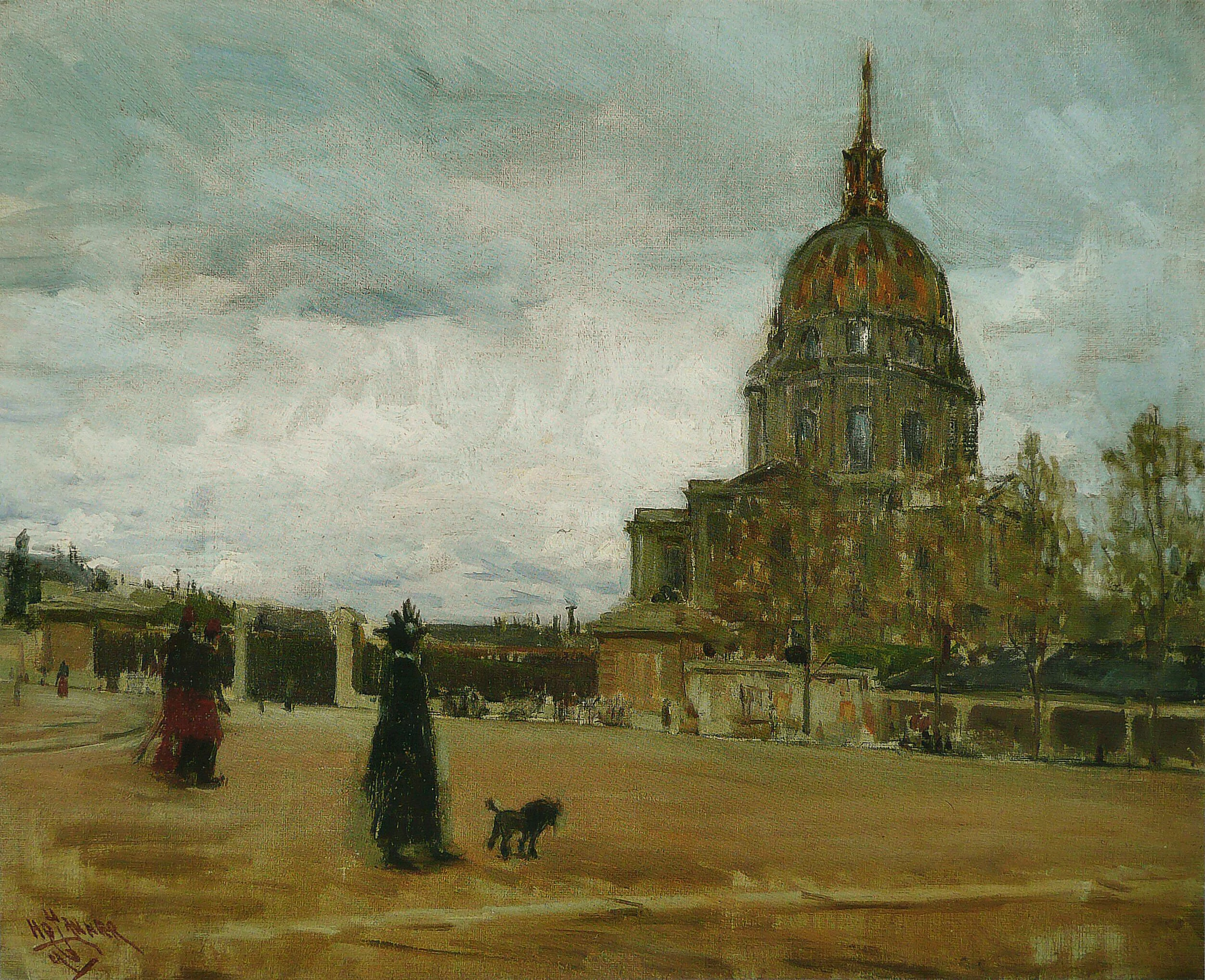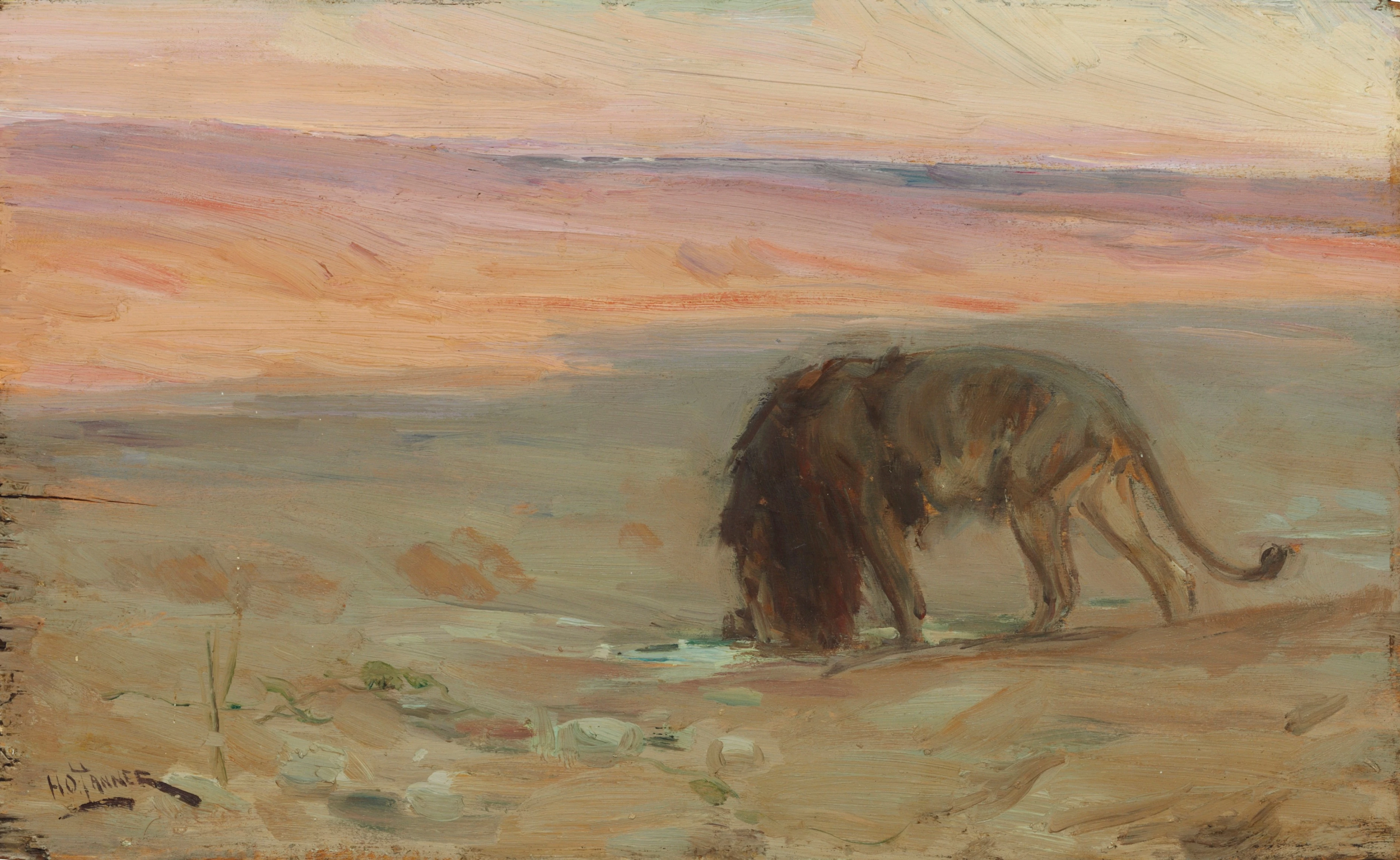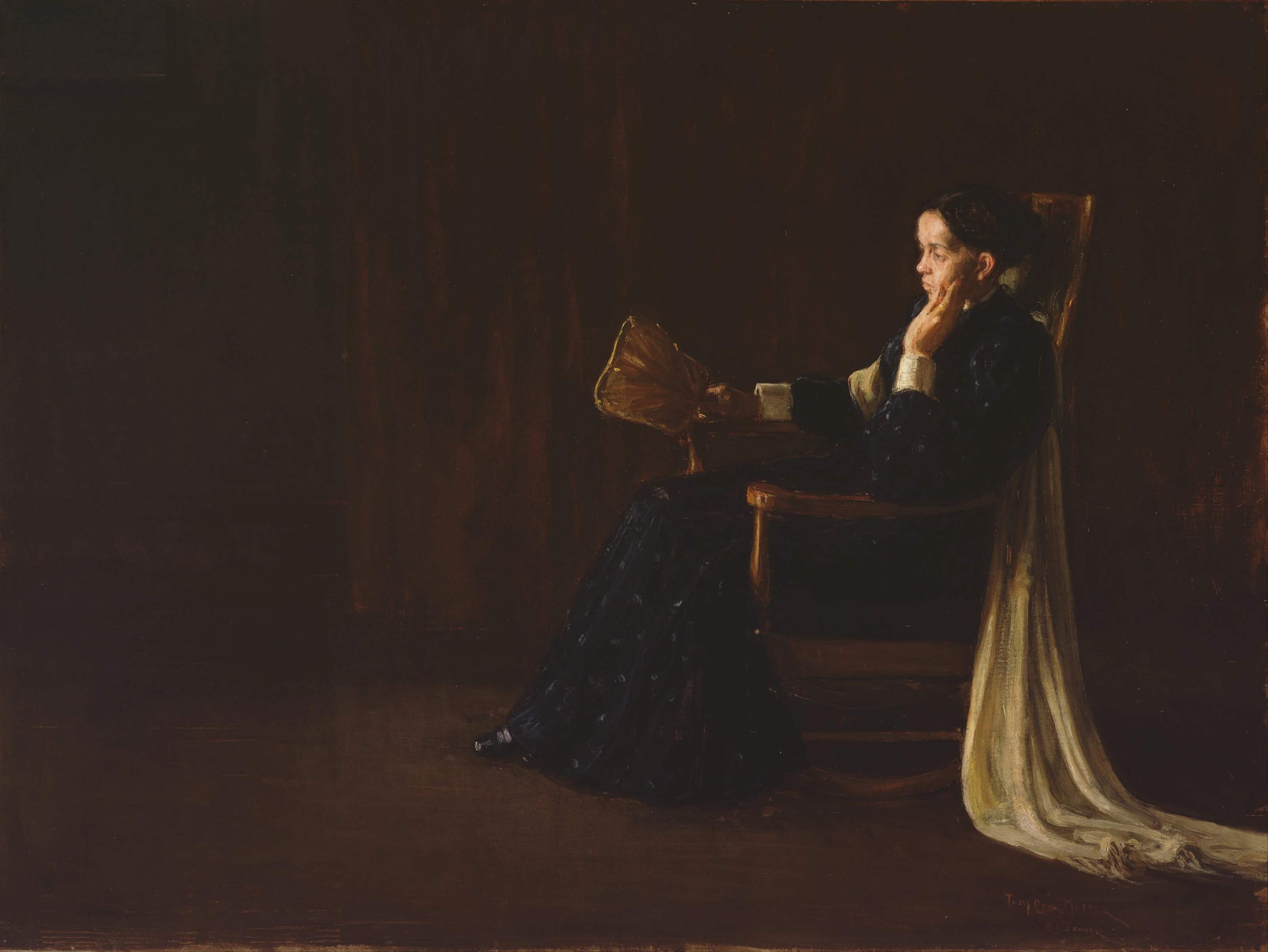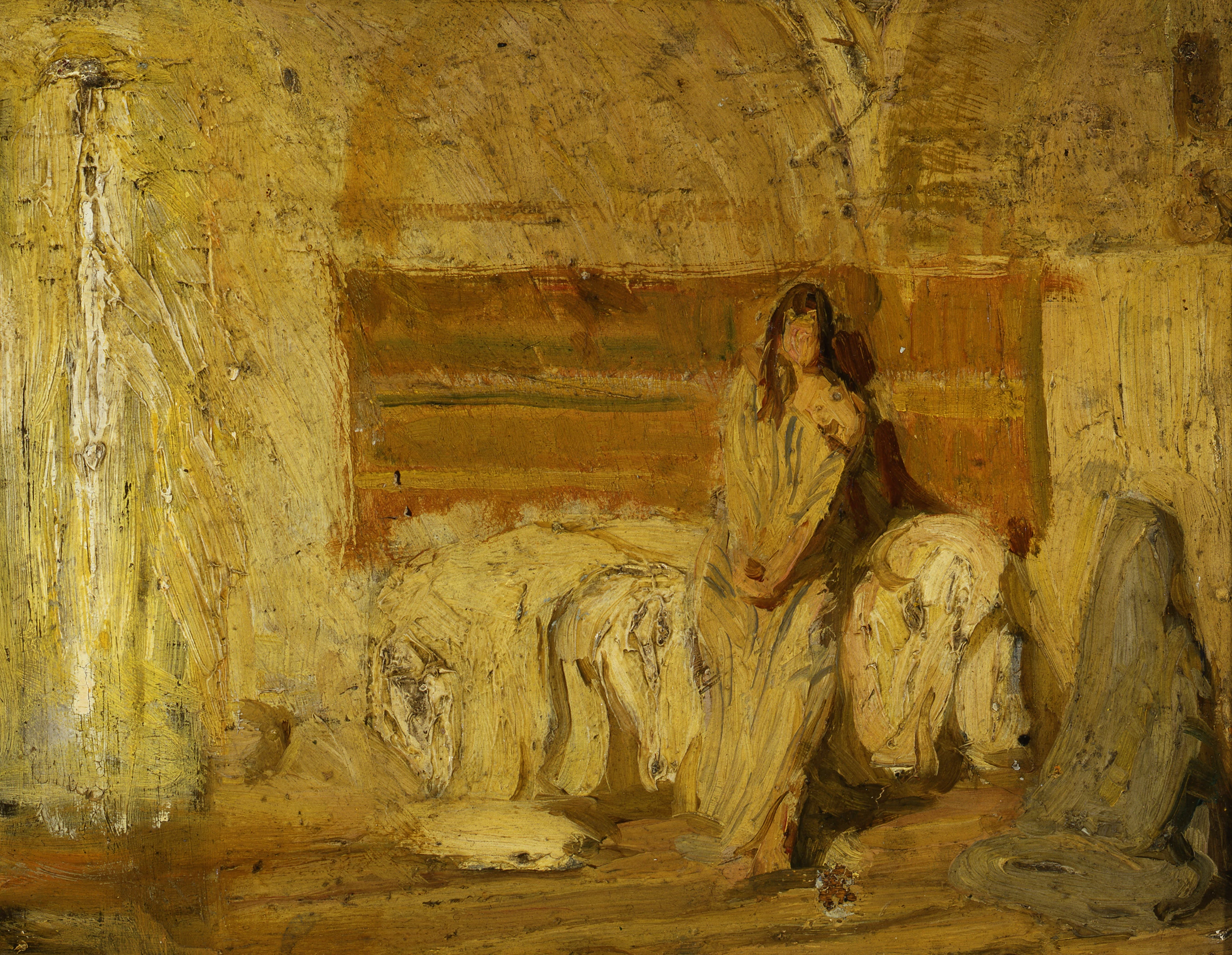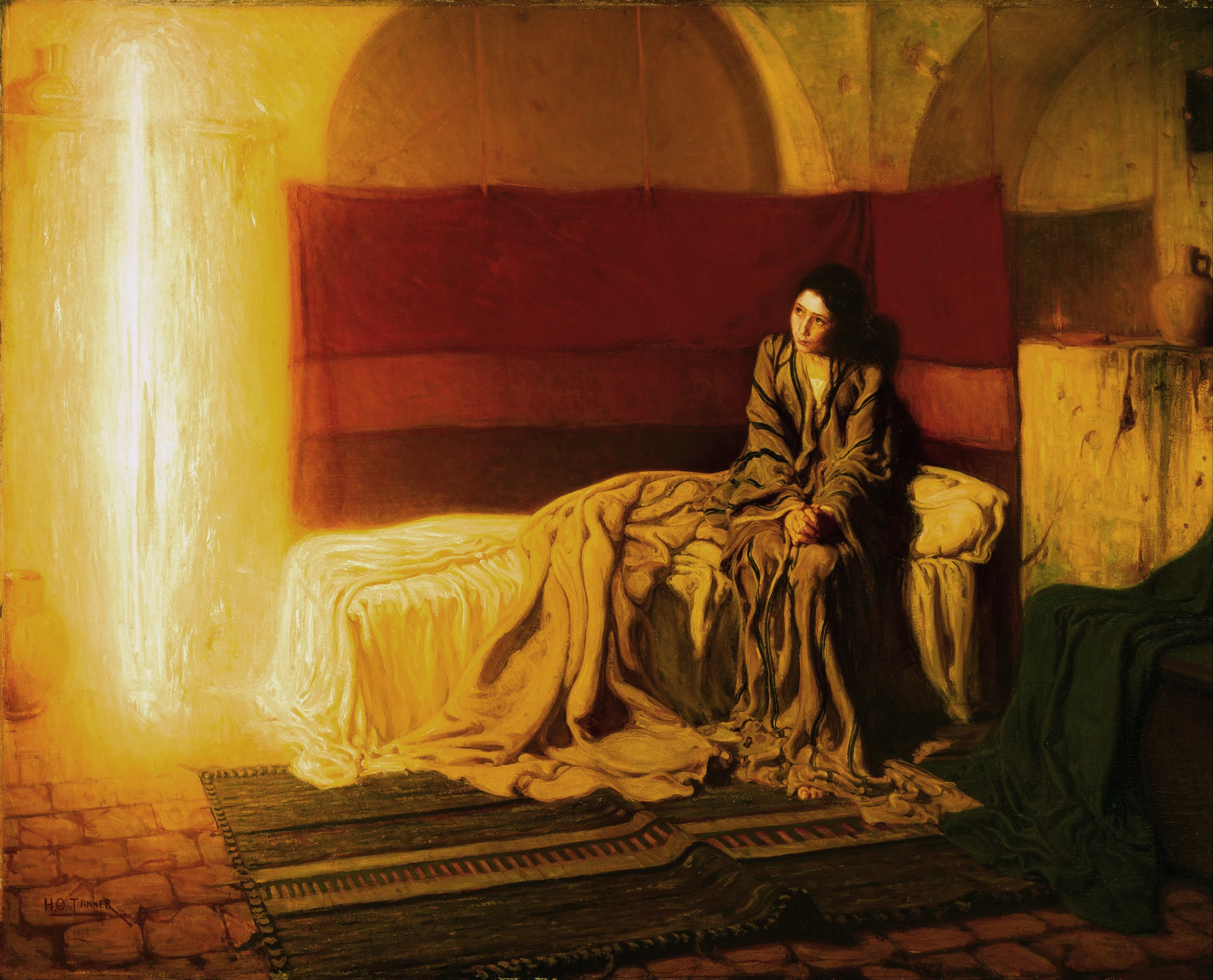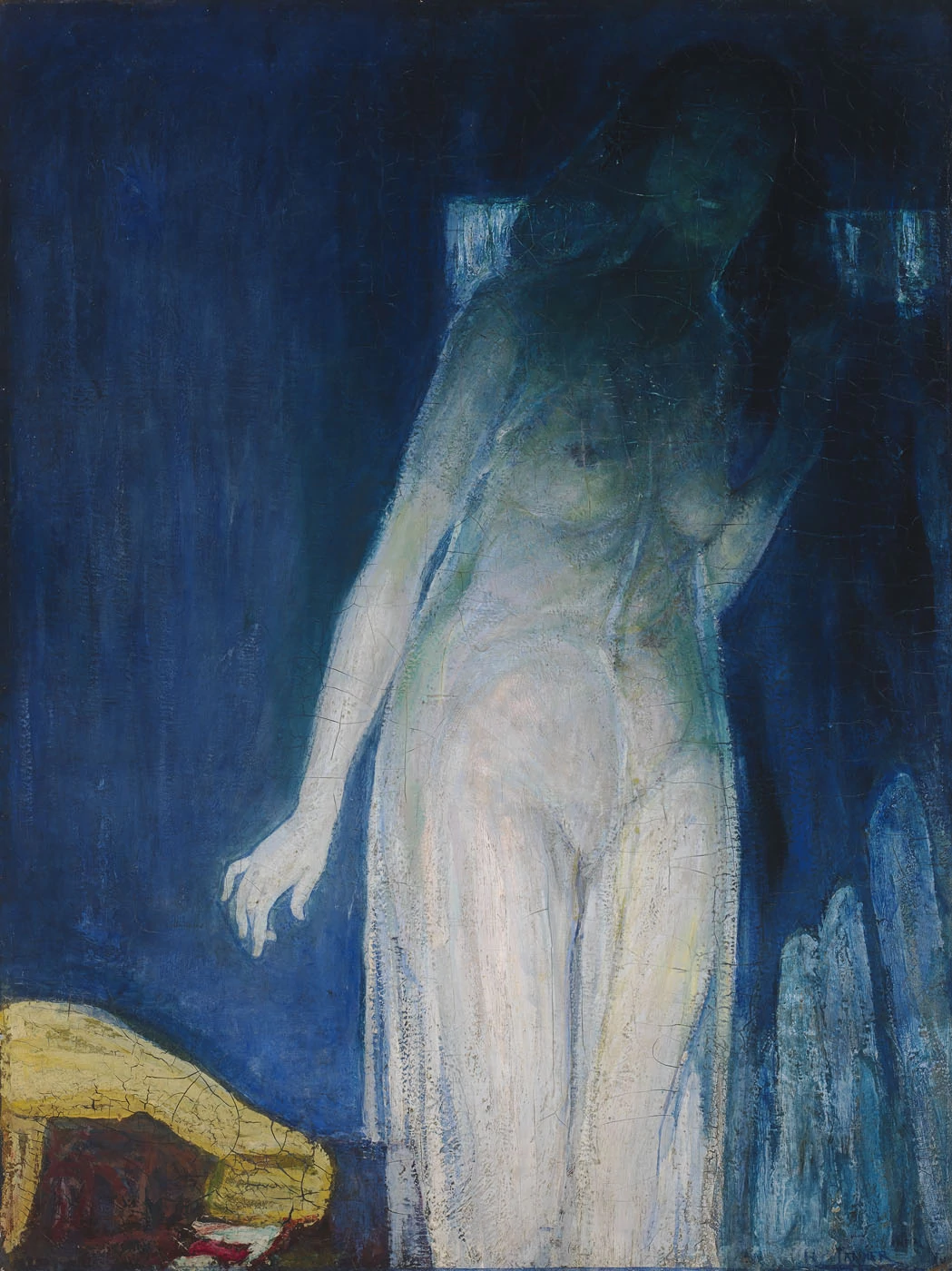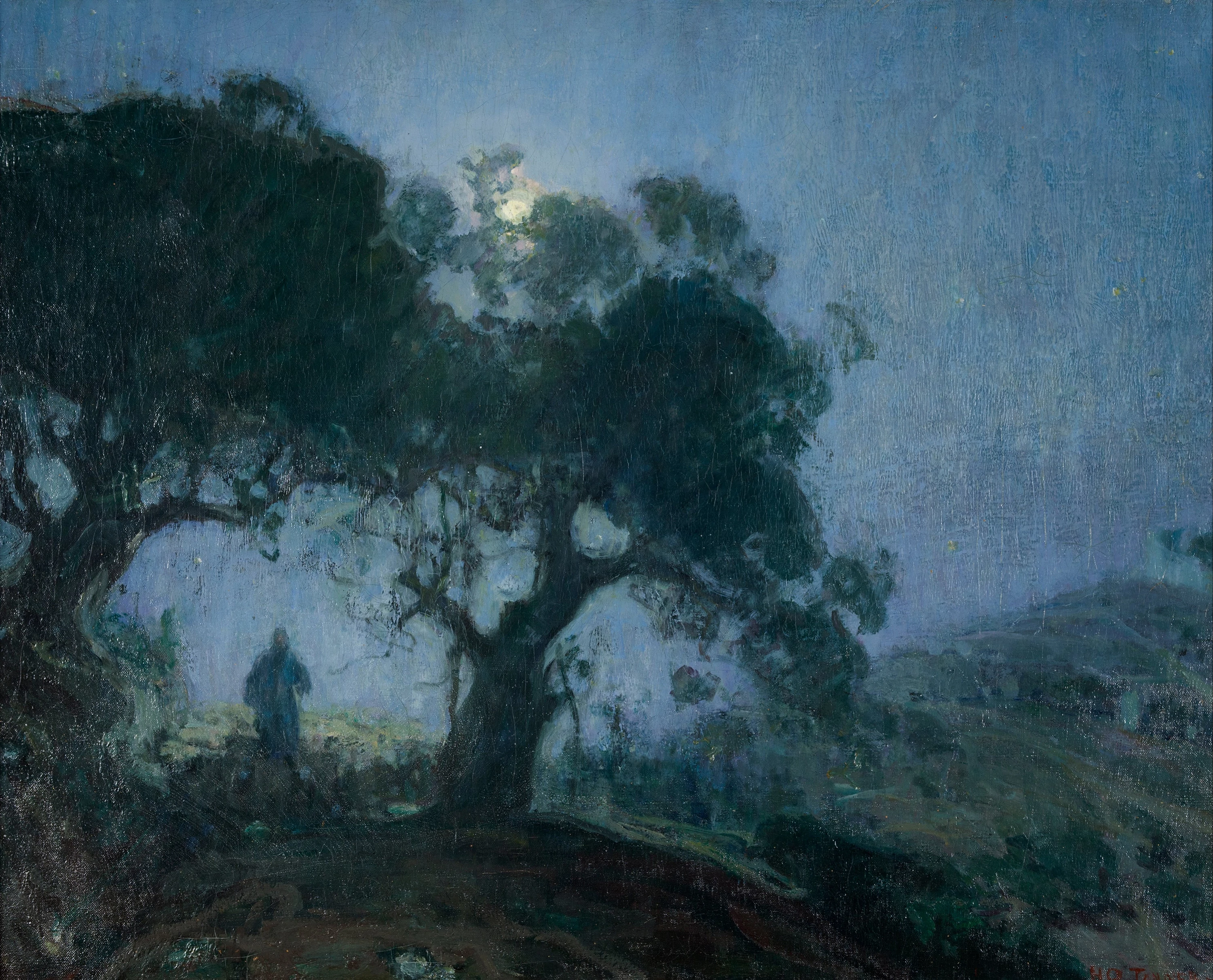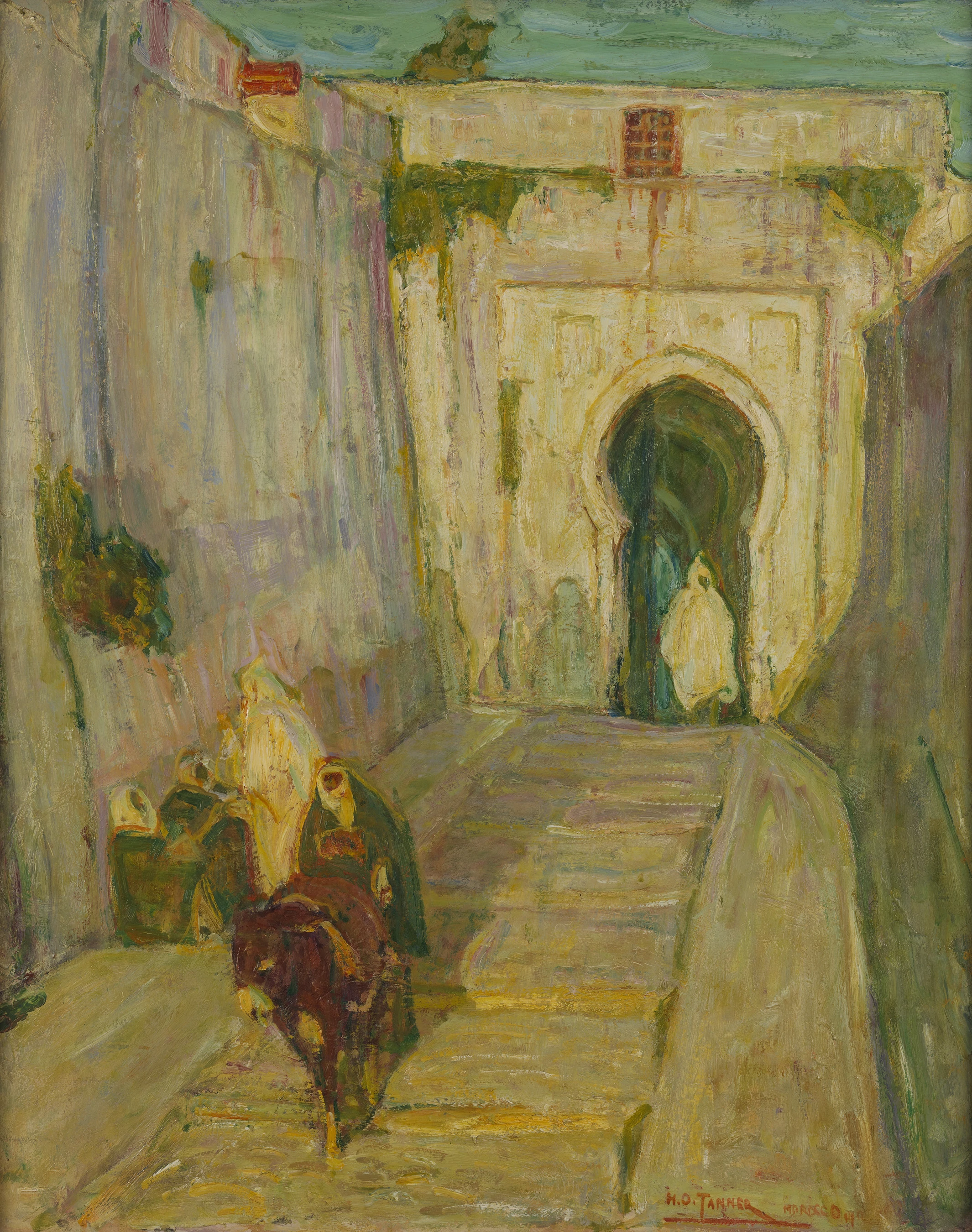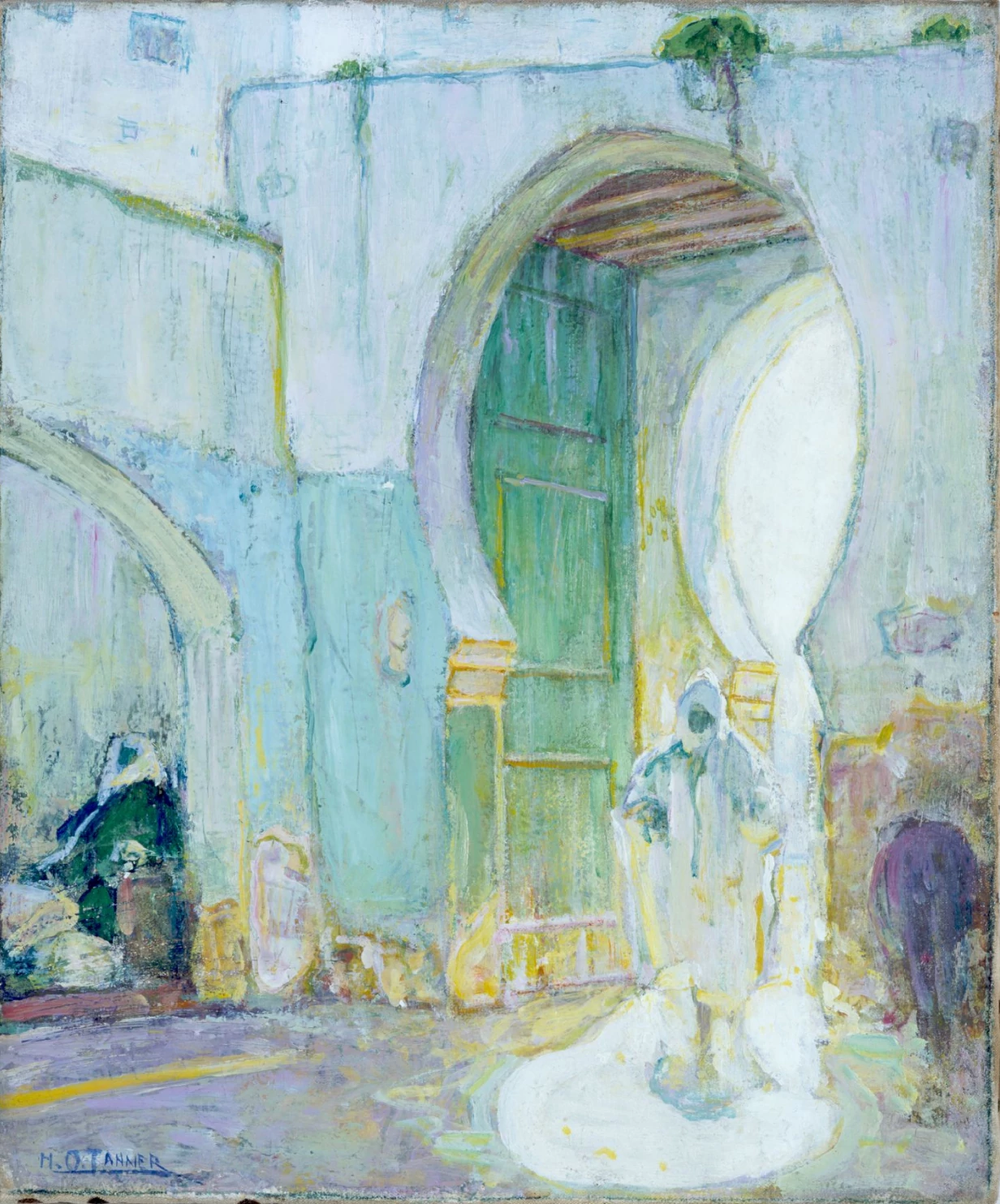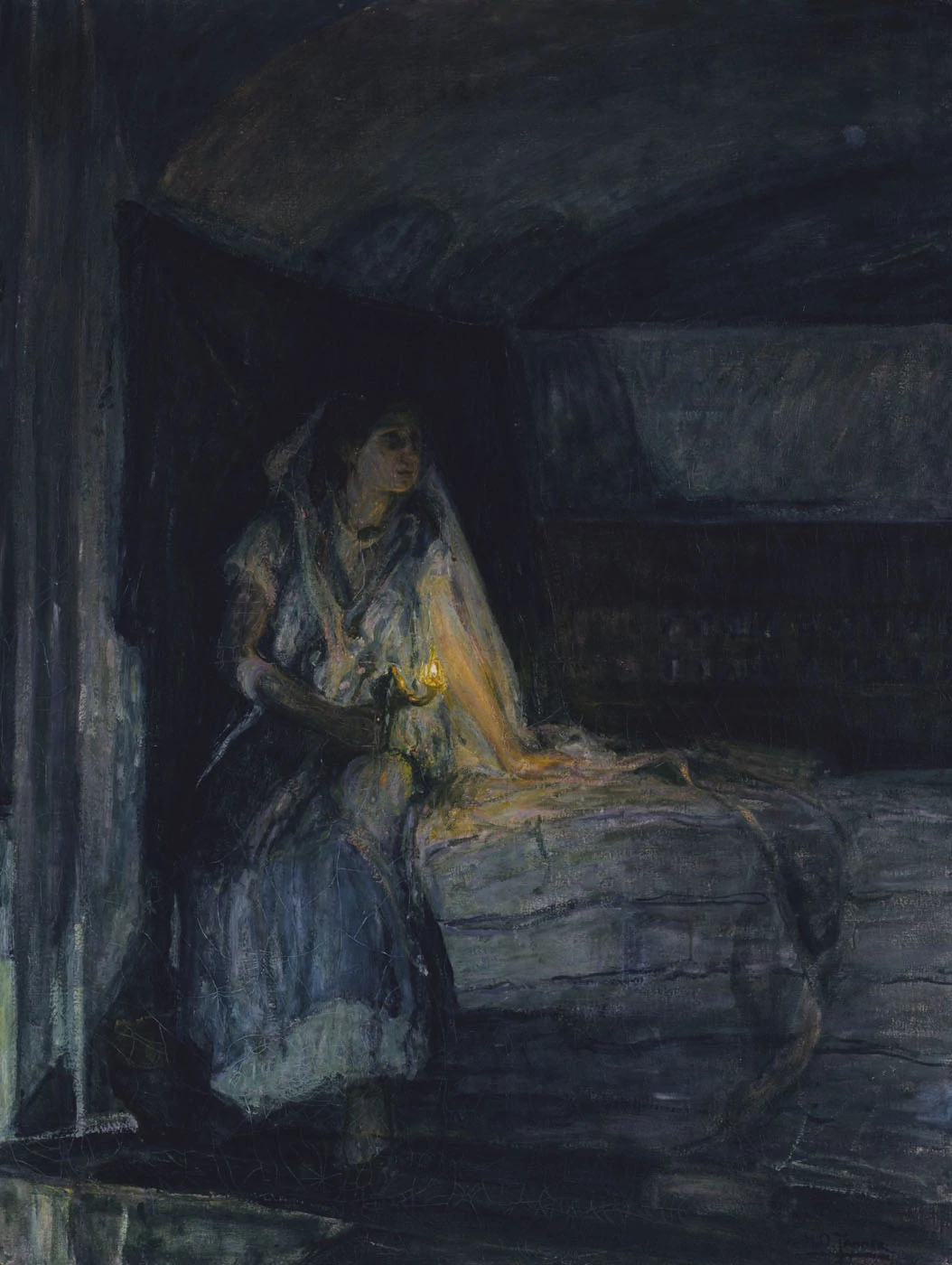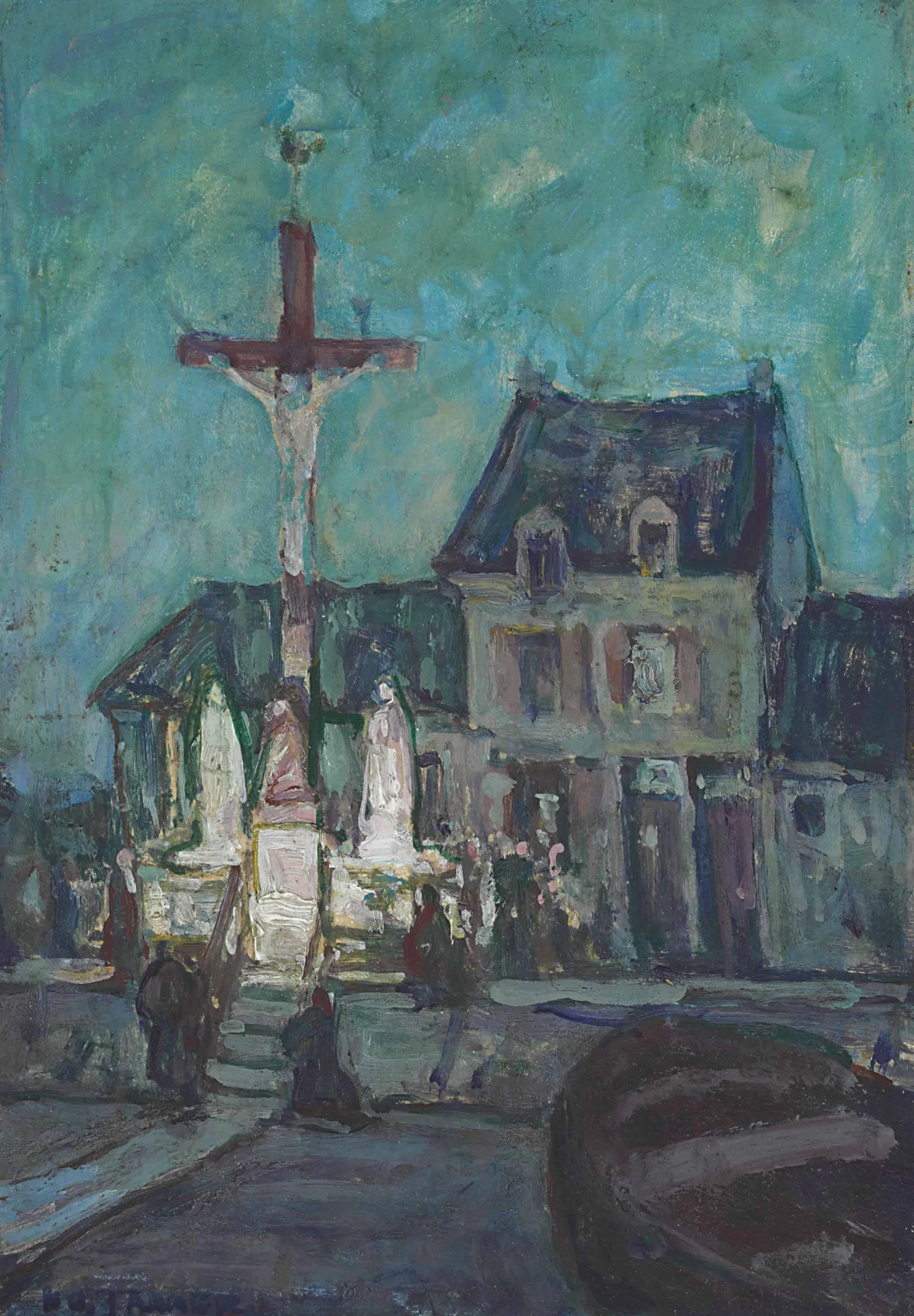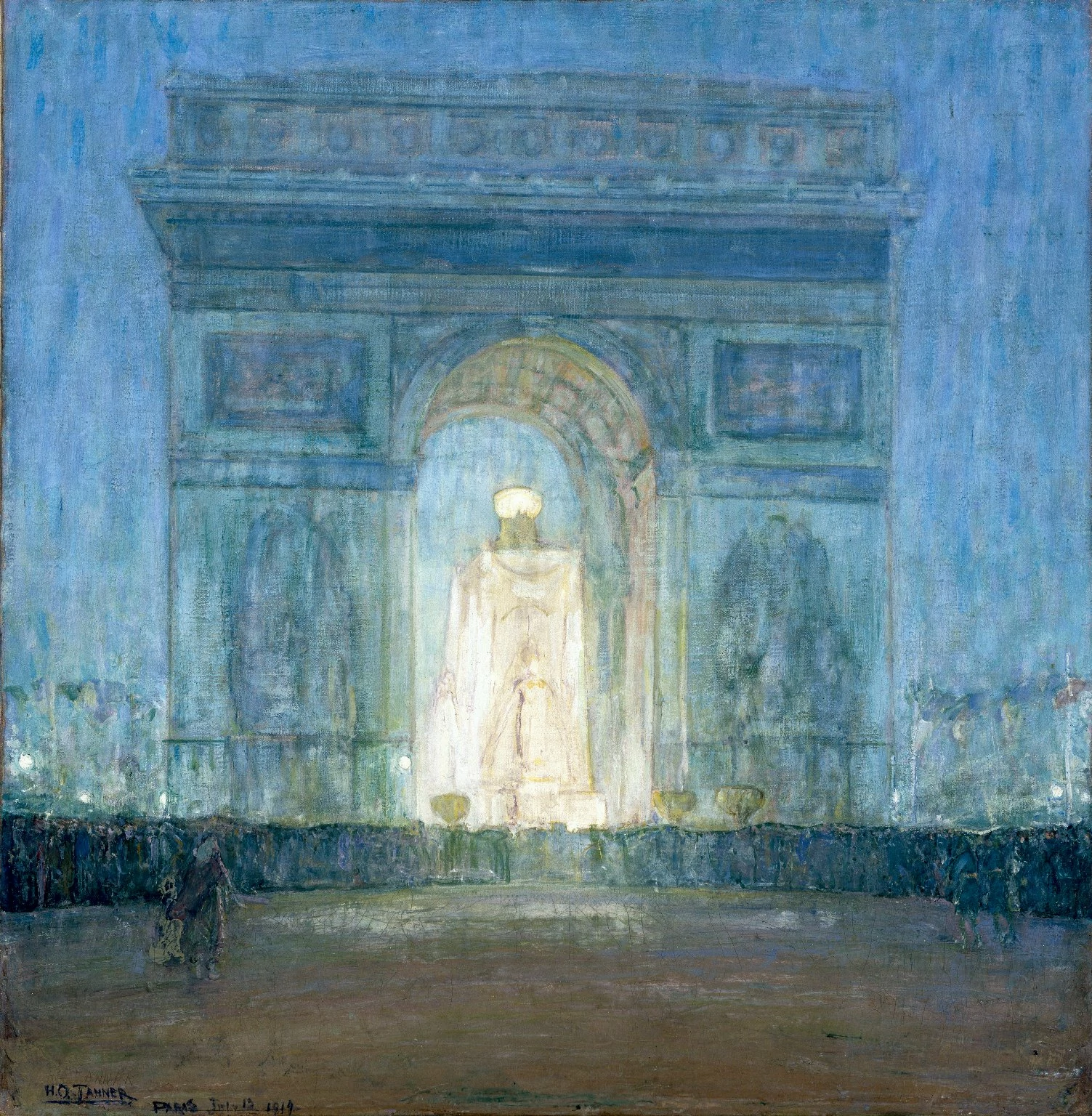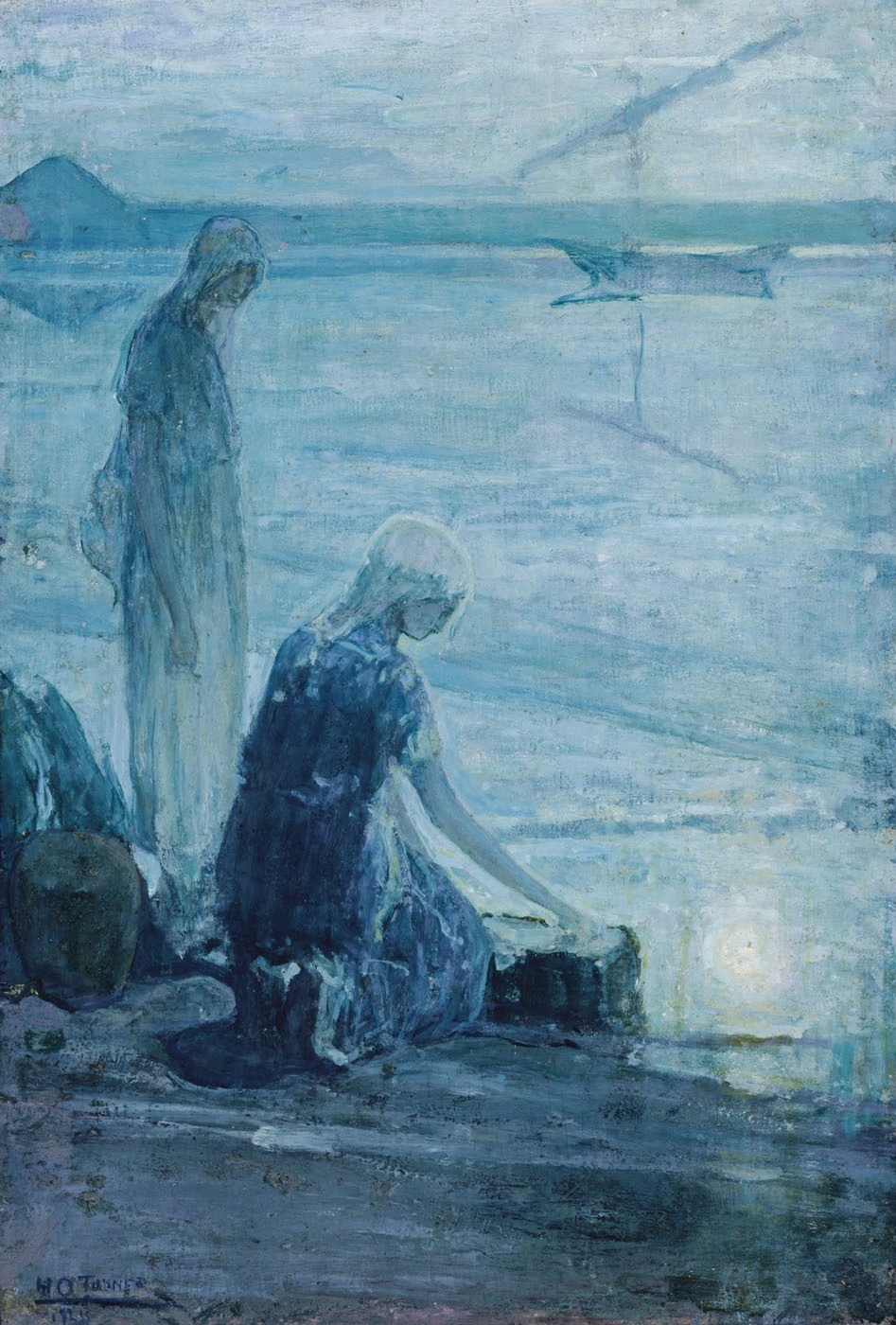Henry Ossawa Tanner
A quiet man transcends racism to bring art back to religion

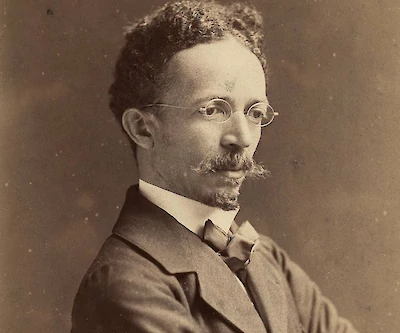


Henry Ossowa Tanner was a quiet, humble man whose health was as delicate as his round wireframe glasses. But his self-effacing demeanor hid the quiet strength that fueled Tanner’s fight through illness, poverty and racism to become an internationally renowned painter of religious art.
At age 13, Henry Ossowa Tanner’s apprenticeship at a flour mill broke his already poor health. The sick boy recuperated at home, finally able to indulge in the passion his father resented—painting and drawing. It took until his late teens for Tanner’s health to improve, and finally, in 1879, Tanner left home and enrolled in the Pennsylvania Academy of the Fine Arts. At the time, he was the only black student. The Academy of Fine Arts was a foundational experience for Tanner. He found a mentor in the artist Thomas Eakins, but was abused by his fellow students. In his autobiographical article “The Story of an Artist’s Life,” Tanner wrote: “I was extremely timid and to be made to feel that I was not wanted, although in a place where I had every right to be, even months afterwards caused me sometimes weeks of pain. Every time any one of these disagreeable incidents came into my mind, my heart sank, and I was anew tortured by the thought of what I had endured.”
Work was thin on the ground in the years after his schooling. Tanner opened a photography studio in Atlanta, a short-lived experiment, but a solo exhibition helped him raise enough money to travel to Rome.
[Editor’s note: We're still researching Henry Ossawa Tanner, check back soon for the full biography]

